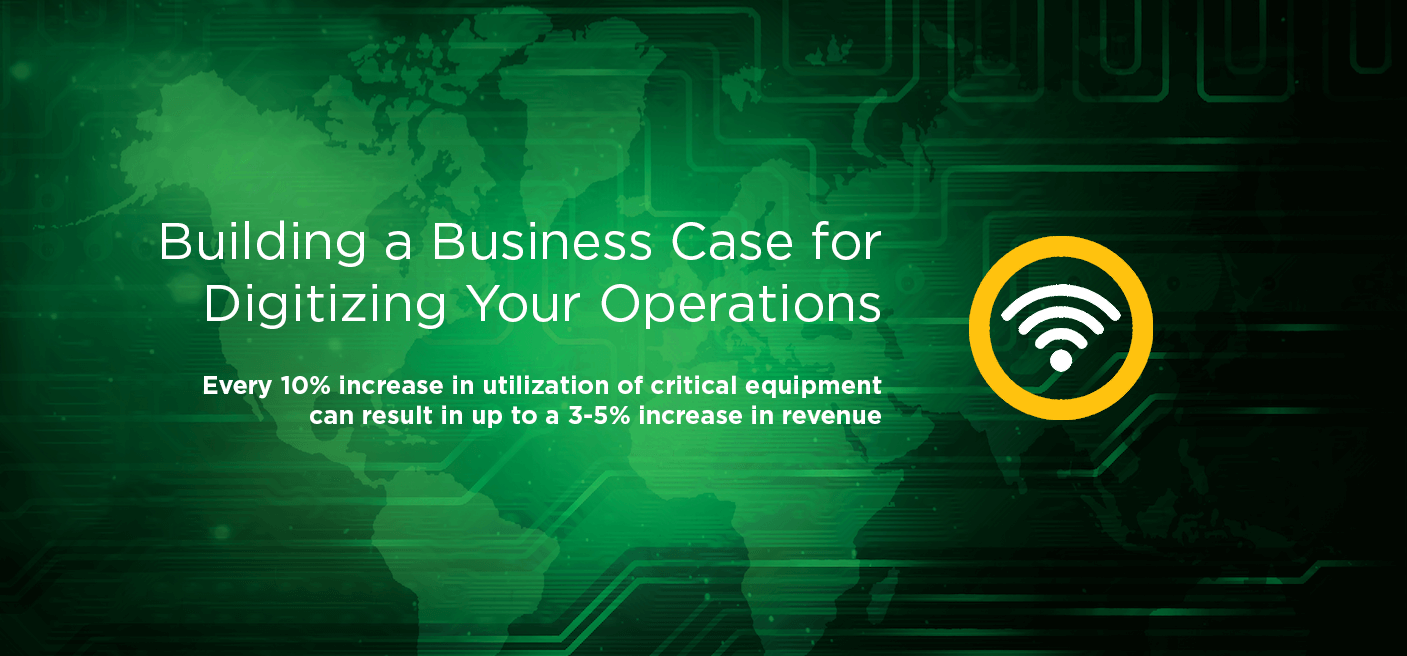India’s major ports have register 6.79 percent growth in traffic over the last year, outperforming private ports for second consecutive year. The 12 major ports under the Ministry of Shipping handled a record 647.43 MT of traffic in 2016-17, an annual growth rate of 6.79 percent, compared to 4.32 percent last year. Port revenue is directly proportional to the service level of assets. On any given day, the hustle and bustle of a seaport is devoted to the purpose of bringing in vessels, loading and unloading cargo/passengers, provisioning the vehicle and getting those vessels back out to sea as quickly as possible. The premise sounds simple enough, but providing sufficient capacity in a challenging global competitive market is a complex issue.
The entire operation can come to a grinding halt if any of the key assets, such as QC’s, RTG’s, Prime Movers, goes down or are subject to unplanned maintenance. The fact that this equipment is spread across the port makes it even more difficult to cater to in a timely manner. Each operation completed by this equipment contributes to port efficiency and ultimately results into revenue generated by the ports.
Risk / Challenges
There are many risks and challenges involved with equipment service levels. Most ports have highly sophisticated machines, heavily engineered and generally 10-15 years old. Since most of the machines are managed in isolation, there is no central visibility in terms of digital data provided — in some cases the machines may or may not be able to provide any data. Older machines are heavily dependent on Engineering departments capacity and skill to address maintenance challenges as engineers need to visit the machines to diagnose faults. Oftentimes, equipment maintenance policies are dated, causing lot of unplanned down time. In addition, spares parts planning can also result in delays in bringing the machines backup online. These are just a few of the challenges facing ports; however, any disruption or downtime can create major queues and delay movement of cargo, leading into loss of revenue.

Building a Business Case for Digitizing Your Operations
What are some of the reasons your company should start thinking about digitizing your operations? First and foremost, you’ll be able to start measuring actual utilization of your equipment on a real time basis versus theoretical or perceived utilization. Your team will be able to use the data coming from the machines to do more preventive and predictive analysis and drive actions. Because of the ability to pin point the issues remotely, Engineers can work on reported faults or provide instructions without having to visit the floor. Digitizing operations provides access to the equipment 24X7 – equipment can be analyzed and alerts can be acted upon immediately. Every 10% increase in utilization of a critical equipment, such QC or RTG, can result in up to a 3-5% increase in revenue.
By building an Asset Management Command Center that continuously provides real-time information on a piece of equipment’s vital stats, a business can make better choices regarding inventory by planning for spares and therefore reducing downtime. Digitalization of operations can also integrate with overall business applications such as work order management. Finally, digitalizing operations opens up a paradigm shift in a business’s overall culture. The organization can move from being only revenue oriented to a model that is more sustainable, scalable and efficient with operations which contribute to social responsibility as well.
If you think this use case resonates well with your business challenges or if you are in an asset intensive operation and looking to create a blue print for a sustainable and efficient growth, then feel free to reach out to us. Our Industrial IoT Cloud Advisory services can help you kick start an investment which will yield tangible ROI. You can learn more about Inspirage’s IoT capabilities in our recent webinar.
